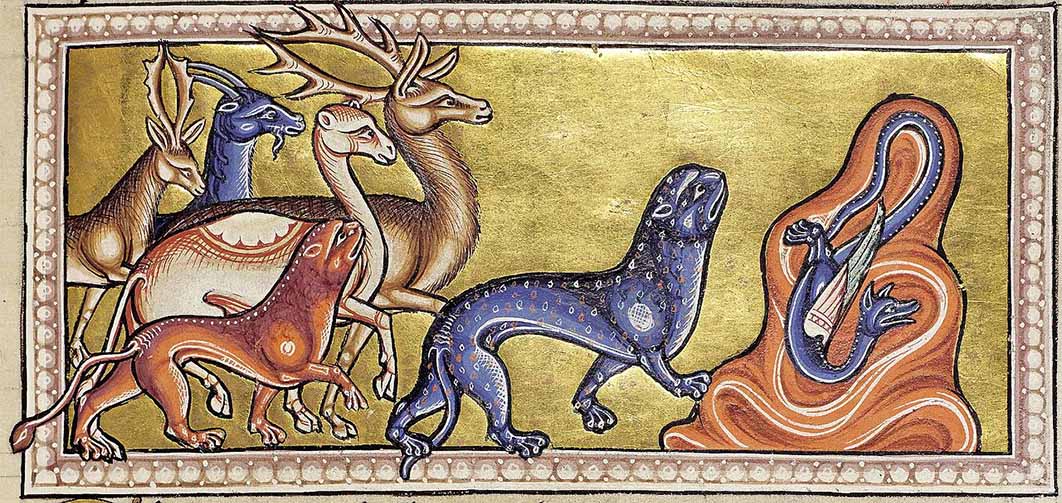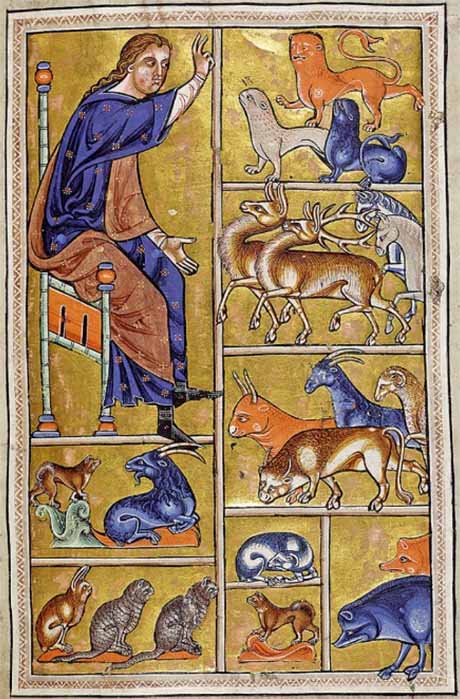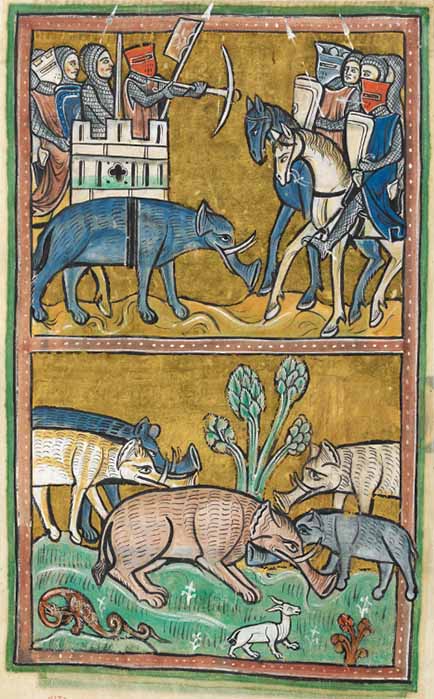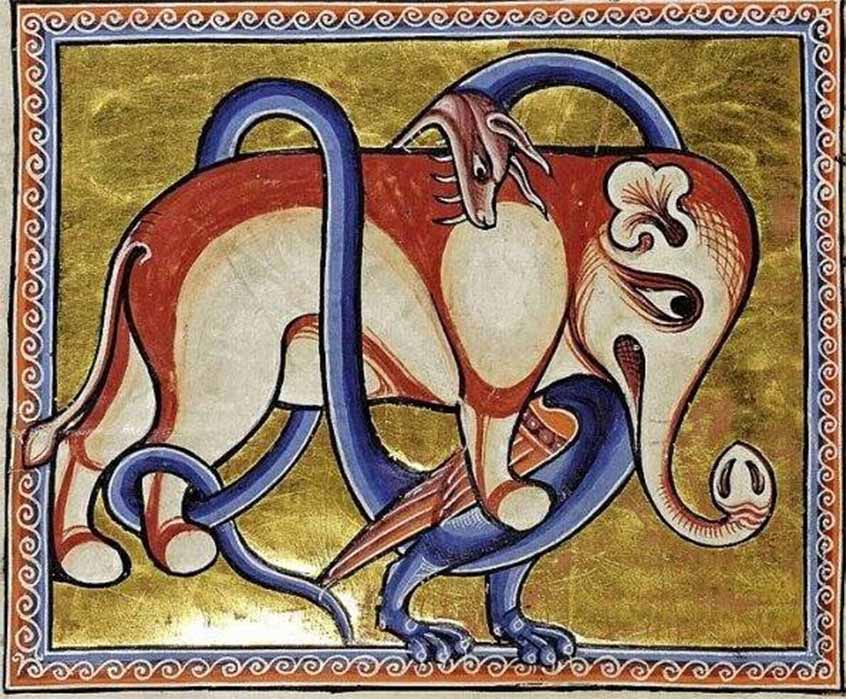
Meaningful Sacred And Profane Medieval Bestiaries
Medieval European churches, constructed by men for the glory of the Creator, are adorned to varying degrees, with sacred and profane images. No figure nor detail in these stone encyclopedia is accidental and there are many subjects represented, but a precious source of inspiration for sculptors were the Bestiaries - didactic-moral works particularly in vogue in the West in the 12th and 13th centuries. In the Bestiaries, heirs of the popular works of naturalistic knowledge of antiquity with their related repertoire of images, the physical and fantastic characteristics of existing or imaginary animals are interpreted along a symbolic and allegorical key, accompanied by Biblical references and moralizing explanations.

Adam names the beasts. Aberdeen Bestiary (12th century) (Public Domain)
Sources for Bestiaries
Their origin is to be found in texts that enjoyed great success during the Middle Ages, such as Pliny the Elder's Naturalis historia, Solino's Collectanea rerum memorabilium, Sant'Ambrogio's Hexaemeron, Isidore of Seville's Etymologiae, and last but not least is Physiologus, a work by an unknown author written in Greek between the second and third centuries BC in Alexandria of Egypt, later translated into Latin, of which several illustrated examples remain.
The poet Philip de Thaün (or Philippe de Thaon, 11th-12th century) defined the Bestiary as the book of the grammar of Nature. The term bestiarum was derived from the initial sentence of a chapter of the Etymologiae of Isidore of Seville (560 - 636): “Bestiarum vocabulum propria convenit leonibus, pardis” (XII, 2), which often serves as the introductory sentence of some of the 12th century Bestiaries.

Elephants, who were thought to have been ridden into battle in India carrying castles on their backs. Rochester Bestiary (late 1200’s) (Public Domain)
Overview of the Meanings of Bestiaries
A variety of meanings could be attributed to each of the numerous zoomorphic figures that are documented in the Bestiaries. The elephant for example was believed to have a frigid temperament and was a symbol of chastity. It was also believed that if an elephant wanted to conceive she would go to the East, near Paradise, where the Mandrake tree grows. In The Aberdeen Bestiary one reads that the elephant cow with her bull partner approach the tree and the female plucks the fruit with her trunk and gives it to the male: therefore, they represent Adam and Eve. It also reads that elephants have a lively intelligence, a long memory and live for 300 years, and that the elephant calf's attribute is that when some of its hair and bones are burned, nothing evil can approach, not even a dragon.

The elephant and the dragon. Aberdeen Bestiary (12th century) (Public Domain)




